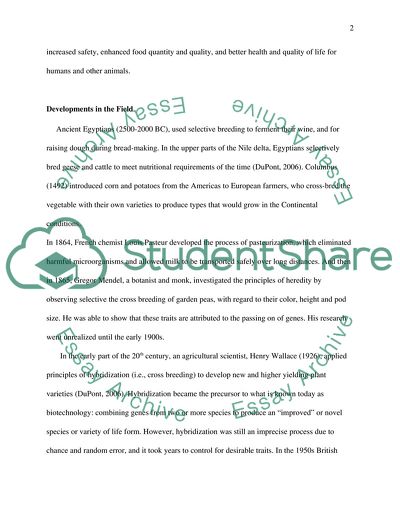Cite this document
(The Future and Scope of Biotechnology Research Paper, n.d.)
The Future and Scope of Biotechnology Research Paper. Retrieved from https://studentshare.org/biology/1705807-bio-technology
The Future and Scope of Biotechnology Research Paper. Retrieved from https://studentshare.org/biology/1705807-bio-technology
(The Future and Scope of Biotechnology Research Paper)
The Future and Scope of Biotechnology Research Paper. https://studentshare.org/biology/1705807-bio-technology.
The Future and Scope of Biotechnology Research Paper. https://studentshare.org/biology/1705807-bio-technology.
“The Future and Scope of Biotechnology Research Paper”, n.d. https://studentshare.org/biology/1705807-bio-technology.


